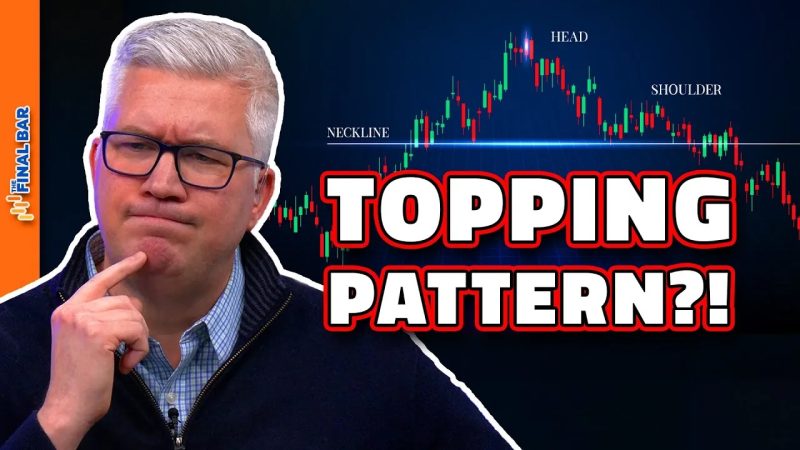The Head and Shoulders Top Pattern in Semiconductor Stocks
Technical analysis is a widely used tool among investors and traders to predict potential price movements in financial markets. One of the commonly recognized patterns is the Head and Shoulders top pattern, which can signify a trend reversal from bullish to bearish. In the world of semiconductor stocks, this pattern can offer valuable insights into the future direction of stock prices and help investors make informed decisions.
The Head and Shoulders top pattern is characterized by three peaks – a central peak (head) which is higher than the other two peaks (shoulders). The pattern is formed after a sustained uptrend and indicates that the stock may be reaching a peak and could start trending downwards. The first shoulder is formed when the price reaches a high, followed by a temporary dip before rising again to form the head – the highest peak in the pattern. The second shoulder is completed when the price fails to reach the level of the head and starts declining, often breaking below the neckline support.
In the case of semiconductor stocks, the Head and Shoulders top pattern can be particularly significant due to the sector’s sensitivity to changes in global economic conditions and technological advancements. Semiconductors are a vital component in various electronic devices, and their demand is closely tied to consumer electronics, telecommunications, and industrial sectors. As such, the performance of semiconductor stocks can be considered a barometer of the overall health of the technology industry.
When a Head and Shoulders top pattern is identified in semiconductor stocks, it suggests that investors may be starting to lose interest in the sector, potentially due to factors such as weakening demand, pricing pressure, or macroeconomic concerns. The pattern indicates a shift in market sentiment from bullish to bearish, with the potential for a significant downturn in stock prices.
Traders and investors can use the Head and Shoulders top pattern as a signal to take appropriate action, such as reducing their exposure to semiconductor stocks, hedging their positions, or even initiating short positions to profit from the expected decline. It is essential to combine technical analysis with other fundamental and market data to confirm the validity of the pattern and make well-informed decisions.
In conclusion, the Head and Shoulders top pattern in semiconductor stocks can provide valuable insights into potential trend reversals and help investors navigate the complex world of stock trading. By recognizing and understanding this pattern, traders can better anticipate market movements and adjust their strategies accordingly to manage risk and enhance returns in the dynamic semiconductor sector.
